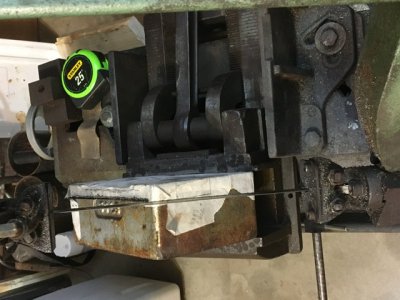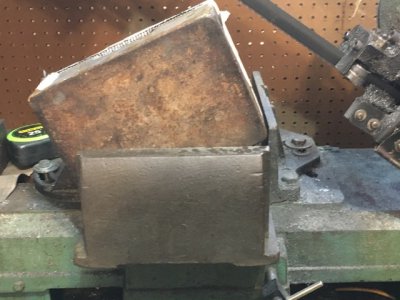- Joined
- Nov 14, 2020
- Messages
- 1,739
I see your just trying to remove a large peice that could be quite desirable in the near future instead of just turning it into chips.
First I would rather use a saw but you might not have one available so I like the slitting saw for this purpose because of the design verses a small end mill. It would likely break.
Speed Kills- You should think about a spray bottle with the appropriate coolant.
I would like to see a stop on the table at the bottom of the part in the direction you intend to feed in.
First I would rather use a saw but you might not have one available so I like the slitting saw for this purpose because of the design verses a small end mill. It would likely break.
Speed Kills- You should think about a spray bottle with the appropriate coolant.
I would like to see a stop on the table at the bottom of the part in the direction you intend to feed in.



